P.E.I. watershed groups seek abandoned wells for bat habitat
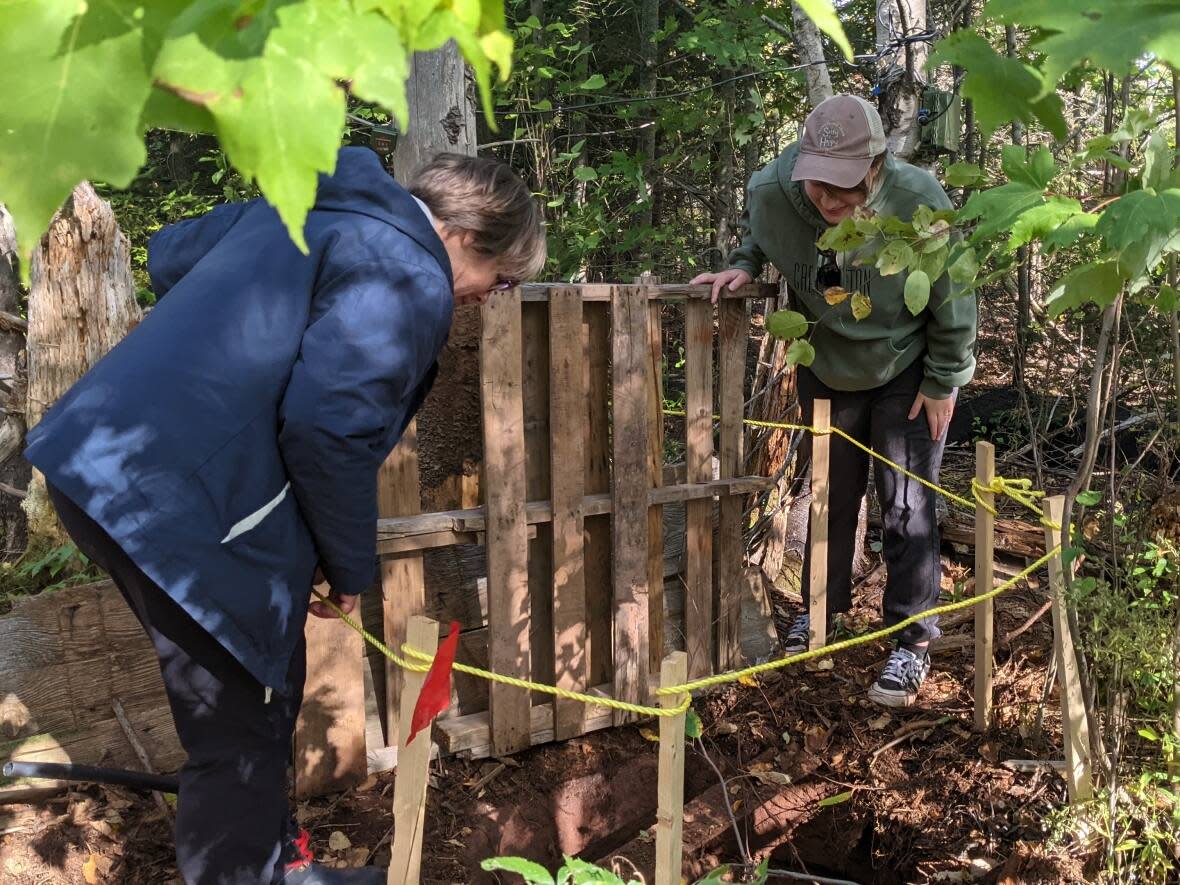
P.E.I. watershed groups are looking for help in their quest to find out more about bats on P.E.I. — they're asking landowners with abandoned wells if they will offer them up as potential habitat for bats to hibernate.
"We're looking for old wells that were built maybe 100 years ago, and have just kind of been forgotten about. There's a lot of them all over the Island, we've heard," said Rebecca Ramos, equipment bank manager with the P.E.I. Watershed Alliance.
"Because of our Island landscape, we don't have too many caves, so the wells act as caves."
The Alliance is currently in the second year of a three-year project monitoring bats all across P.E.I., in partnership with the Island's watershed groups, the provincial government and the Canadian Wildlife Health Cooperative.

Ramos said they are mostly looking for the two most common species that also hibernate here on the Island: the little brown bat or little brown myotis, and the northern myotis.
"They're both actually endangered, too," Ramos said. "So it's really important to know where they're hibernating, especially if they're hibernating here on the Island, and just how many of them are really around, and the kind of the areas that they like to hang out in."
Listening for bats
Ramos said they have located more than half a dozen abandoned wells so far, including two in the Stanley Bridge area, being monitored by the Trout River Environmental Committee.
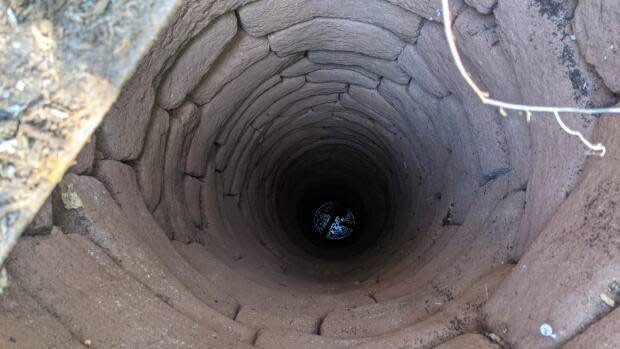
The group has wooden bat cages with acoustic monitors on the wells, and will be putting temperature and humidity monitors down the wells soon.
They also want to build metal cages around the wells, to protect any people from falling in.

The Belfast Area Watershed Group is helping to monitor one well and has a lead on another one.
Co-ordinator Sherry Pelkey said the group has built bat houses the last couple of years and this seemed like another way to help the species.
"We don't have the geological formations for caves, and wells can provide that habitat, and we can also help protect them in those places," Pelkey said.
"Hopefully people will reach out to us if they have abandoned wells and we can come and take a look at them."
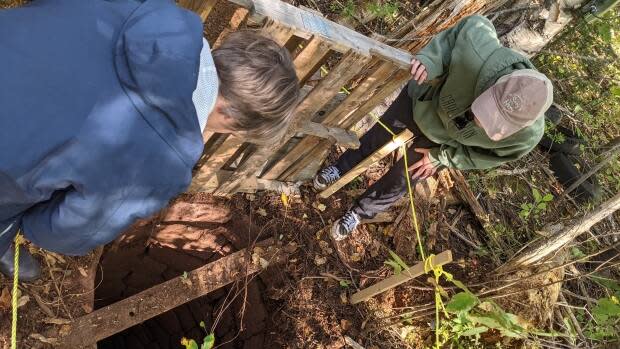
Pelkey said she will be interested to see the results of the acoustic monitoring this fall.
"It's a simple way to sample what's happening in the area," Pelkey said. "It tells us whether it's a perfect habitat, and we can put more resources into protecting that."
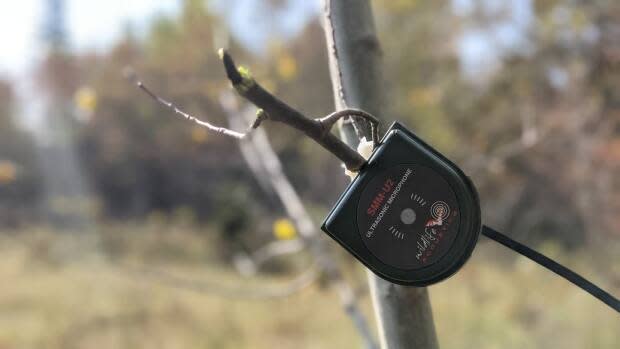
Safe for bats and people
Ramos said they're hoping to find as many abandoned wells as possible by the end of the three-year project.
"We're hoping to know the areas where bats are mostly hanging out, and if they are preferring a lot of these wells to hibernate in," Ramos said.
"We just want to make sure that the wells that are suitable for hibernation are protected, and that they're not going to be filled in."
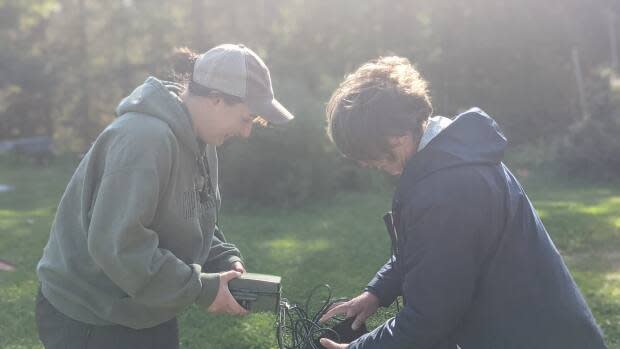
They also want to ensure the wells are safe for people who may be out walking, especially if they're on public property.
Summer monitoring
Ramos spent the summer travelling across P.E.I. setting up acoustic monitoring stations at 50 sites, from Souris to Tignish.
"It's based on a program called the North American Bat Monitoring Program, a central database for all bat monitoring," she said.
The bat monitoring in the summer mostly focuses on adult bat populations because the baby bats or pups start flying in early August, she added.
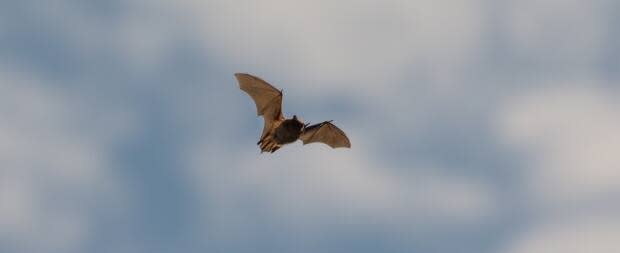
"We're trying to get consistent data of adult bat populations before the pups start flying because a lot of them might not make it through the winter months."
This is the second year for monitoring and they try to monitor the same sites every year. The monitoring has detected bats at all 50 sites, with the little brown bat being the most common, Ramos said.
Funding for the bat monitoring project was provided by Environment and Climate Change Canada.



